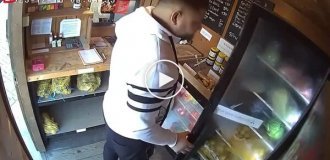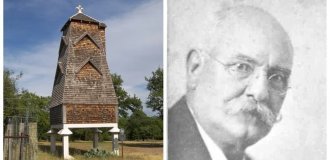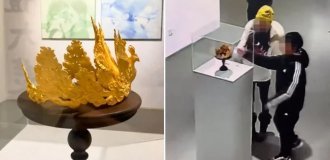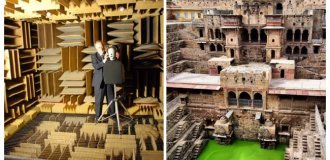Angelic glow of the wounded at the Battle of Shiloh (7 photos)
The Battle of Shiloh was a major battle of the American Civil War that took place on April 6 and 7, 1862, in southwest Tennessee. Some of the consequences of which baffled the best doctors of their time. 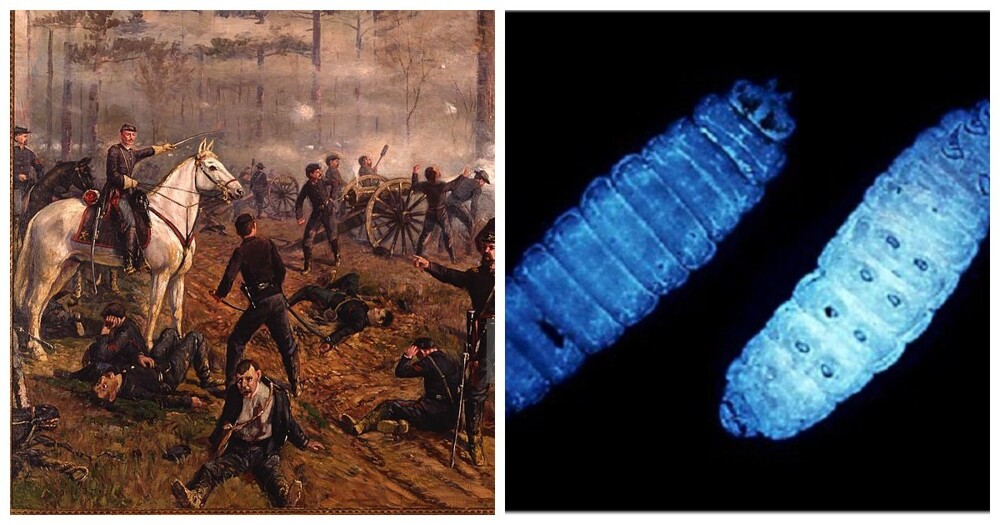
After a surprise attack, the Confederate army retreated. And the doctors who arrived at the battle site were not prepared for such a number of wounded. There were about 16 thousand of them. Accordingly, there was no talk of quick evacuation and assistance. And many soldiers had to wait for help for several days, lying in damp and mud. 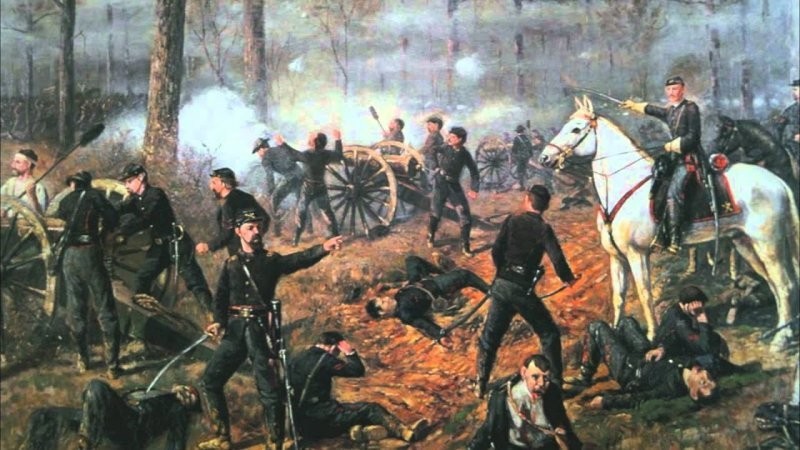
Battle of Shiloh
Doctors working around the clock were surprised to note that as darkness fell, some men's wounds emitted a faint but noticeable bluish-green glow. The chances of recovery for such wounded people were higher, the wounds healed faster, and the scars remained less noticeable. Surprised eyewitnesses called the phenomenon an angelic glow, considered it a manifestation of God’s will, and began solving more global pressing problems.
Angelic light 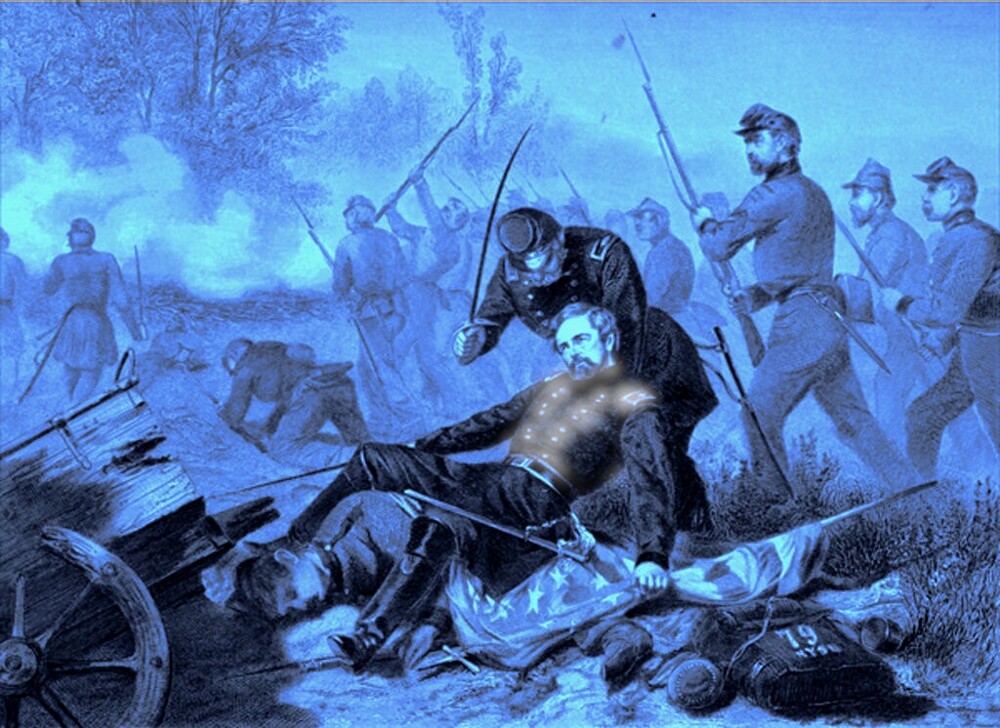
Already in our century, two guys became interested in history - students Bill Martin and John Curtis. Bill once visited the site of a historical battle and approached his mother with a question: could bacteria be the cause of the strange glow? The woman worked as a microbiologist and invited her son to study this issue on his own. 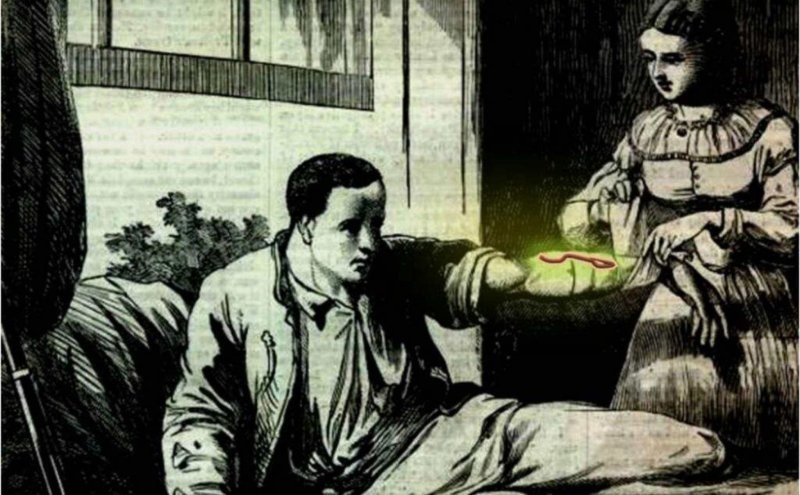
Bill invited his friend John to take part in the study. During which the guys found out that the bacterium Photorhabdus luminescens can really produce such flickering. But the normal temperature of the human body is destructive for her.
However, given that the soldiers were lying on the cold, wet ground in the rain, hypothermic conditions became suitable for the microorganism to survive. 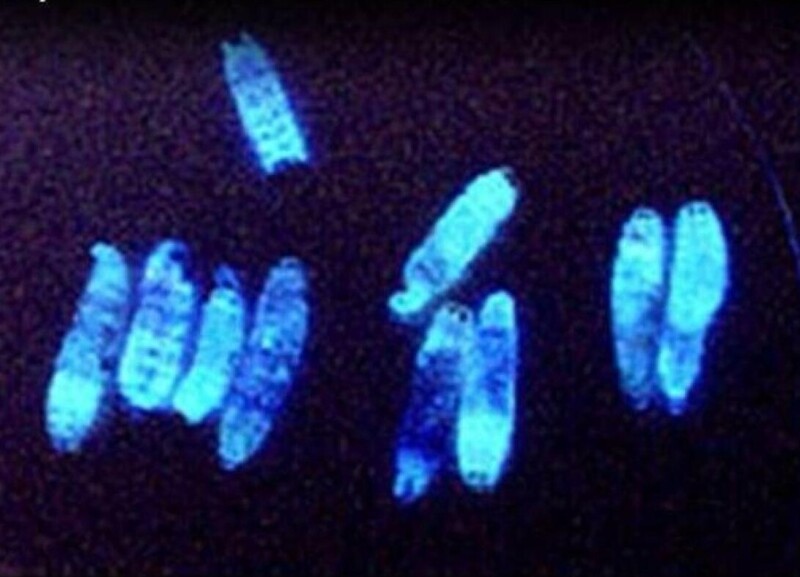
Bacteria are in a symbiotic relationship with nematode worms. When the parasite enters an insect larva, the bacterium becomes active and kills the host. And both symbionts feed on the dead larva.
Bioluminescence attracts insects, so there are no problems with food. A side effect of P. luminescens activity is the destruction of other bacteria. Therefore, the wounded, freed from other pathogens, recovered faster and recovered. 
The guys presented the results of their research at the 2001 Intel International Science and Engineering Fair in San Jose, taking first place in the team competition. 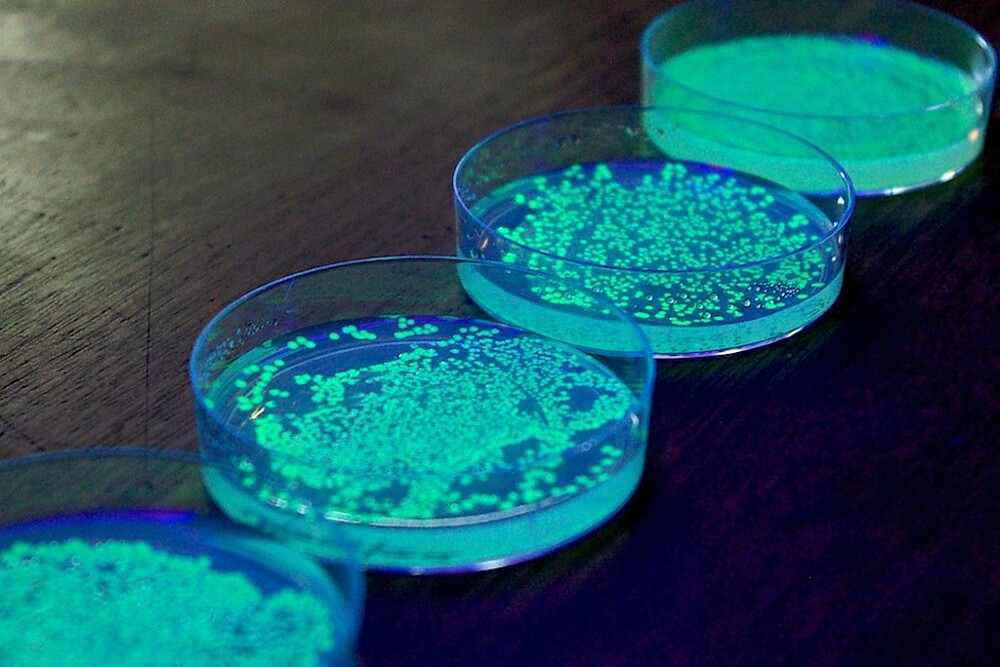
And if earlier wounds with a bluish glow were more of a mystical element of national folklore, then the students’ discovery made it possible to give a rational explanation to the phenomenon and prove that you never know in advance in what guise your angel may appear.


